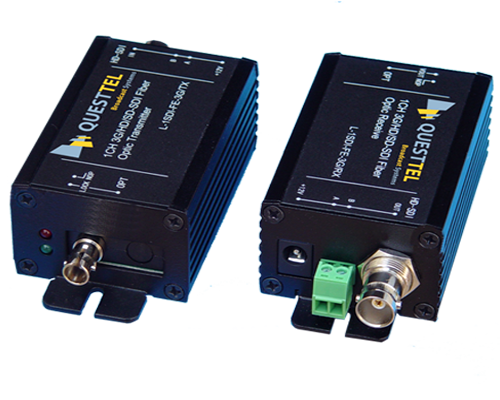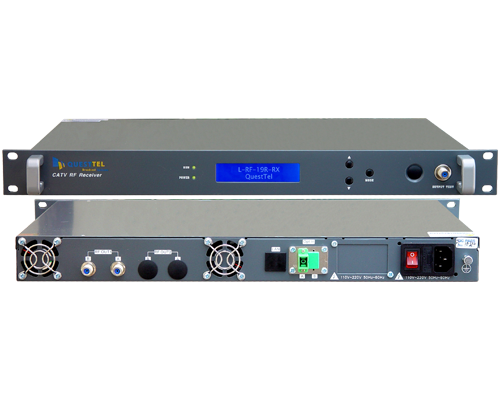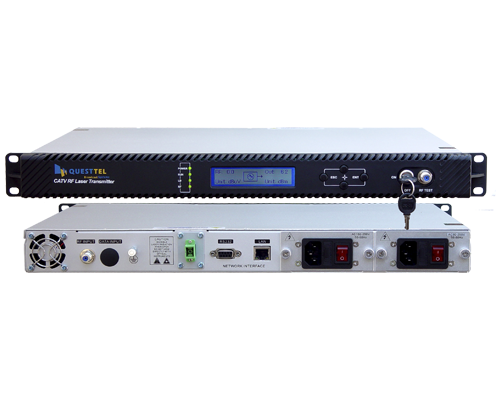Polarization mode dispersion measurement problems in Fiber
Polarization mode dispersion or PMD is the average time delay between two orthogonally polarized modes in a single mode fiber transmission expressed clearly in terms of Differential group delay or DGD. DGD changes with wavelength and time, which makes PMD a statistical parameter that obey rules of probability theory. The inborn uncertainty in PMD measurement can well explain by its nature of average value of a distribution of a large number of individual DGD measurements.
Measurement of PMD in an optical fiber is a disputable and notorious. There is no point in measuring the PMD on each and every fiber spool in an optical fiber manufacturing plant only to record and analyze. The PMD value is only a statistical value and will change from one measurement to another. It greatly depends on the test fiber to the launch fiber splicing conditions. Some fiber optic cable suppliers may have hard times with customers explaining the basics of Polarization mode dispersion and its irrelevance in individual fiber spools. The winding tension and twist greatly affects the PMD and when this fiber goes to the cable, it changes again.
For a reference purpose and only to ensure that the core-clad concentricity error in an optical fiber after drawing is within the tolerable limits, PMD shall be measured on a randomly selected fiber spool. PMD link design value is more important as the optical fibers are going to be laid in the cable and the cables will be spliced in the field to make the optical fiber network. PMD shall be measured on the total link and therefore the PMD link design value is more important. The individually measured PMD values can be utilized to estimate the PMDQ as per the formula given in the ITU-T specification. But still the uncertain values of PMD at fiber stage write off the relevance.
The best way to ensure a low PMD fiber is to buy fiber from reputed optical fiber manufacturers who will maintain the fiber drawing process quality in a consistent manner. The core clad concentricity is the main contributor towards the PMD. The manufacturing process can control the CCE and ensure low PMD.
PMD link design, PMDQ value is a useful design parameter to estimate the contribution of the fiber to the PMD of an overall optical link system. A good PMDQ or PMD link design value for a G.652D fiber will be less than 0.08 ps/sqrt(km).
The major difference or the only difference between the ITU-T G.652C and G.652D fiber is in the PMD value, where the former has 0.5 ps/sqrt(km) and D fiber has 0.2 ps/sqrt(km). G.652A & C fibers have the same PMD value of 0.5 and B & C have the same value of 0.2. Reputed optical fiber manufacturers offer fibers with PMD less than 0.05. They have better control over their optical fiber manufacturing process.
PMD became an issue when 10 Gb/s systems started appearing. Optical fiber network system thumb rules demands the PMD of a link to be less than the one tenth (1/10) of a bit period. For example in the STM 64 with 10Gbps transmission capacity, the bit period is 100 picoseconds. The PMD for this system shall be less than 10 picoseconds.
ITU recommends an optical fiber link distance of 400 km with a 10 Gb/s system can be achieved by using G.652A or C fibers having PMD of 0.5ps/sqrt(km). While at the same time using a G.652B or D fiber having PMD of 0.2ps/sqrt(km), the same 10Gb/s system can go upto 2500 km. 8 times more distance and with B and D fibers the transmission with 40Gb/s for a distance of 156 kilometers is also possible
QuestTel shall have no liability for any error or damage of any kind resulting from the use of this document.



